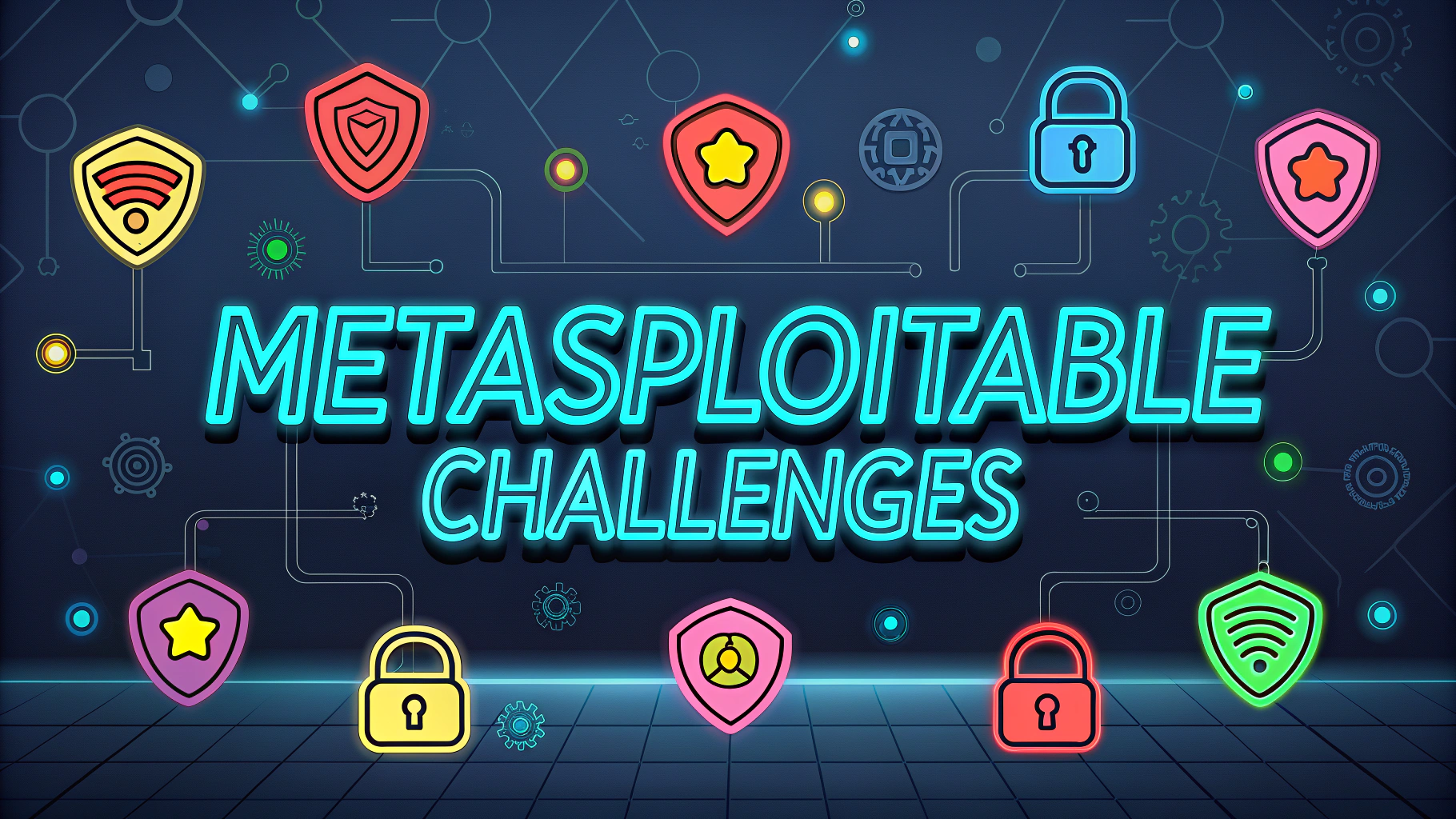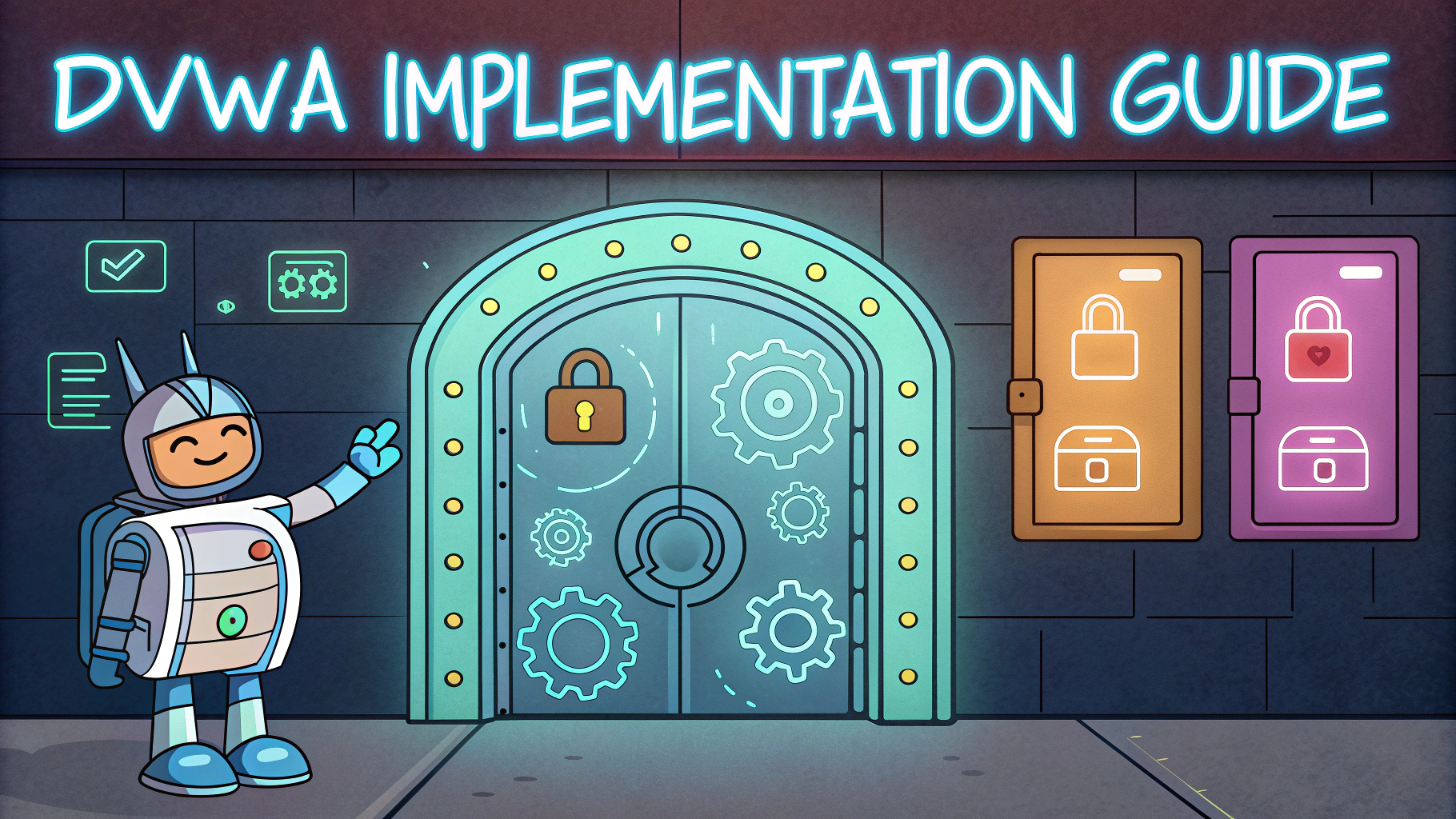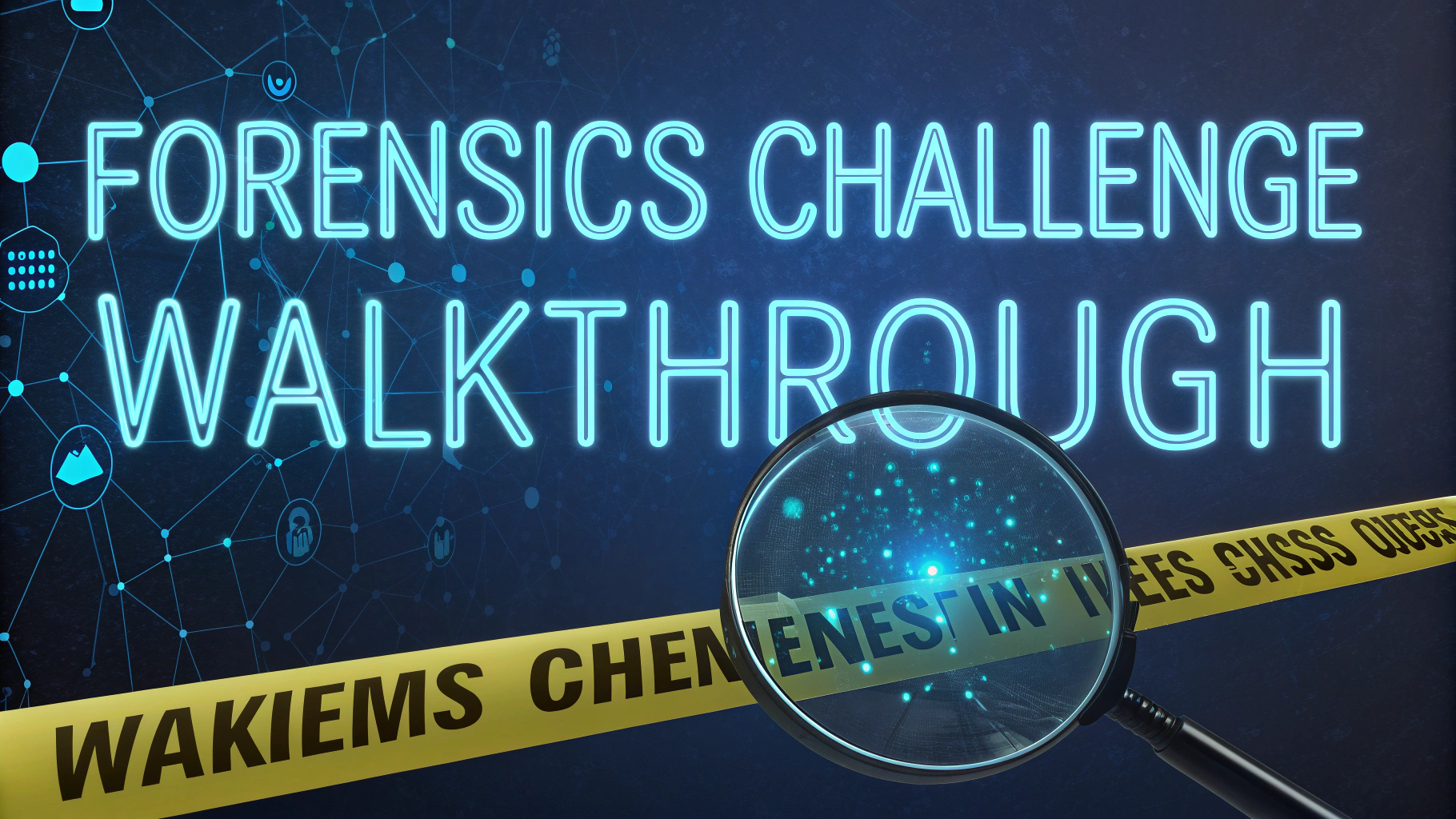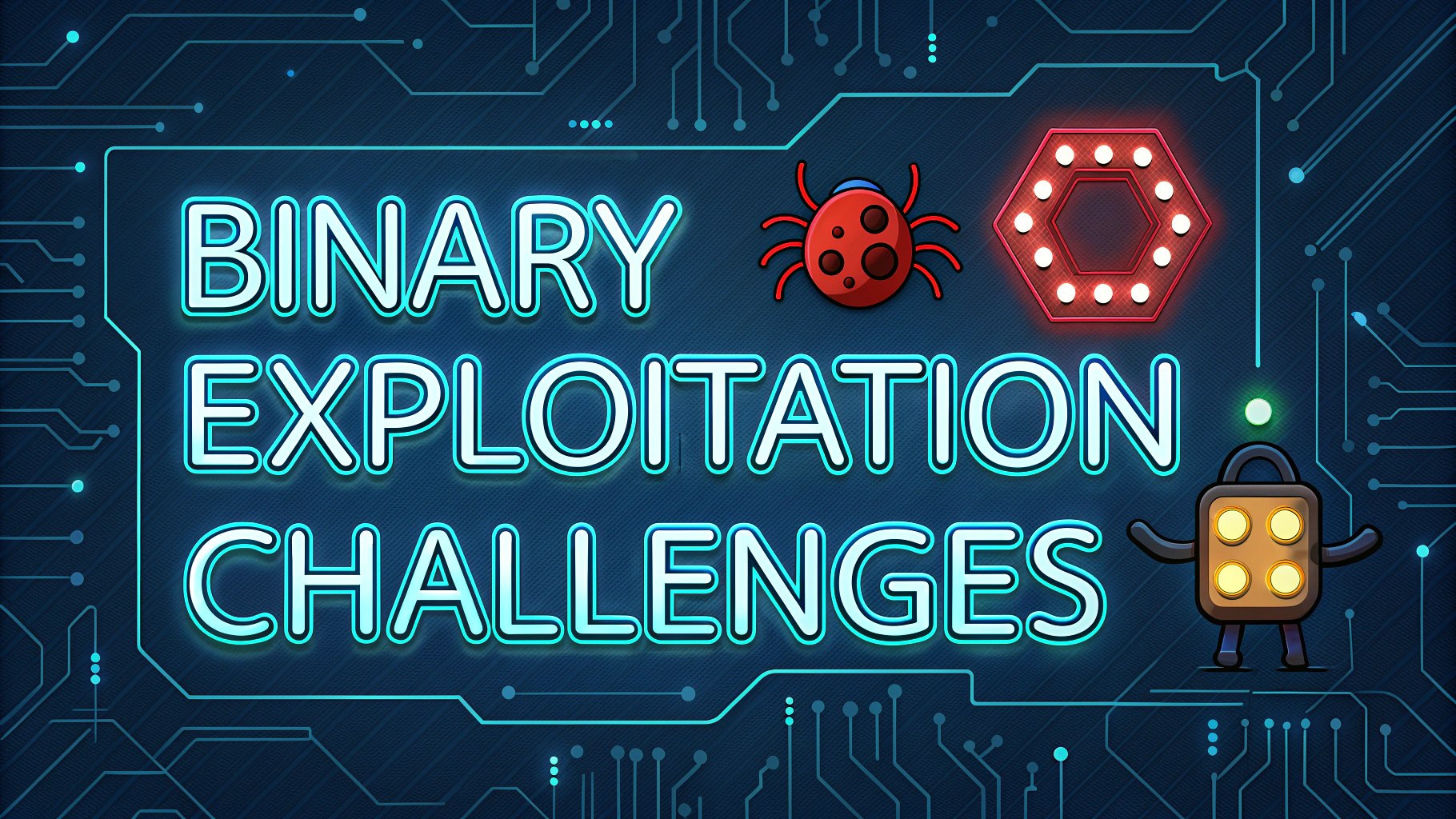Penetration testing forms a critical component of the CISSP’s Security Assessment and Testing domain.
Security professionals pursuing CISSP certification must understand both the theoretical and practical aspects of penetration testing methodologies.
This quick guide covers the essential penetration testing concepts within the CISSP framework, helping you prepare for the exam while developing practical skills.
Core Penetration Testing Concepts
- Black Box Testing – Tester has no prior knowledge of systems
- White Box Testing – Complete system information provided
- Gray Box Testing – Partial system information available
Testing Methodology
- Planning Phase
- Scope definition
- Rules of engagement
- Legal considerations
- Reconnaissance
- Information gathering
- Network mapping
- Vulnerability scanning
- Attack Phase
- Exploitation attempts
- Privilege escalation
- Documentation
Essential Tools
| Tool | Purpose |
|---|---|
| Nmap | Network discovery and security scanning |
| Metasploit | Exploitation framework |
| Wireshark | Network protocol analysis |
Reporting Requirements
- Executive Summary
- Technical Findings
- Risk Assessment
- Remediation Recommendations
Legal and Ethical Considerations
Written authorization must be obtained before conducting any penetration testing activities.
Testing should strictly adhere to the defined scope and rules of engagement.
Data discovered during testing must be handled according to confidentiality agreements.
Best Practices for Success
- Document all testing activities thoroughly
- Maintain regular communication with stakeholders
- Follow established methodologies (OSSTMM, PTES, OWASP)
- Use only approved tools and techniques
Additional Resources
For more information, contact these organizations:
- SANS Institute: www.sans.org
- OWASP: www.owasp.org
- Offensive Security: www.offensive-security.com
Moving Forward with Pen Testing
Regular penetration testing should be integrated into your organization’s security program.
Stay current with new testing methodologies and tools through continuous education.
Build relationships with trusted security vendors and consulting firms for external expertise.
Testing Team Requirements
- Certified security professionals
- Diverse technical expertise
- Strong analytical skills
- Documentation capabilities
- Communication proficiency
Automated vs Manual Testing
Automated Testing Benefits
- Faster execution
- Consistent results
- Broad coverage
- Repeatable processes
Manual Testing Advantages
- Complex logic assessment
- Creative attack vectors
- Business context consideration
- Adaptive methodology
Risk Management Integration
- Align testing with risk appetite
- Prioritize critical assets
- Define acceptable risk levels
- Implement mitigation strategies
Compliance Considerations
- Industry regulations
- Data protection laws
- Security standards
- Audit requirements
Securing Your Security Program
Implement a continuous testing cycle to maintain robust security posture.
Integrate findings into security awareness training programs.
Leverage test results to justify security investments and improvements.
Establish metrics to measure testing effectiveness and security progress.
FAQs
- What is penetration testing in the context of CISSP?
Penetration testing is a controlled and authorized attempt to exploit vulnerabilities in systems, networks, or applications to evaluate security controls and assess potential security risks within an organization’s infrastructure. - What are the main types of penetration tests covered in CISSP?
External testing (testing from outside the network), internal testing (testing from within the network), blind testing (tester has no prior knowledge), double-blind testing (neither tester nor staff knows), and targeted testing (both parties are aware and collaborate). - What phases are involved in a standard penetration test?
Planning, reconnaissance, scanning, vulnerability assessment, exploitation, post-exploitation, and reporting phases are the standard components of a penetration test. - How does penetration testing differ from vulnerability scanning?
Penetration testing actively attempts to exploit vulnerabilities and demonstrates potential business impact, while vulnerability scanning only identifies and reports potential vulnerabilities without exploitation. - What are the key deliverables expected from a penetration test?
Detailed technical reports, executive summaries, vulnerability assessments, risk rankings, remediation recommendations, and proof of concept demonstrations for successful exploits. - What legal considerations must be addressed before conducting a penetration test?
Written authorization, scope definition, non-disclosure agreements, scheduling windows, data handling procedures, and legal protection for testers must be established before testing begins. - How often should penetration tests be performed according to CISSP best practices?
At least annually, after significant infrastructure changes, following major application updates, or as required by compliance regulations such as PCI DSS. - What qualifications should penetration testers have according to CISSP standards?
Testers should possess relevant certifications (CEH, OSCP, GPEN), demonstrate ethical hacking knowledge, understand security frameworks, have programming skills, and maintain professional ethics. - What are the common penetration testing methodologies recognized in CISSP?
OSSTMM (Open Source Security Testing Methodology Manual), OWASP Testing Guide, NIST SP 800-115, and PTES (Penetration Testing Execution Standard) are recognized methodologies. - What tools are commonly used in CISSP-approved penetration testing?
Tools include Nmap for scanning, Metasploit for exploitation, Wireshark for packet analysis, Burp Suite for web application testing, and Kali Linux as a testing platform.








